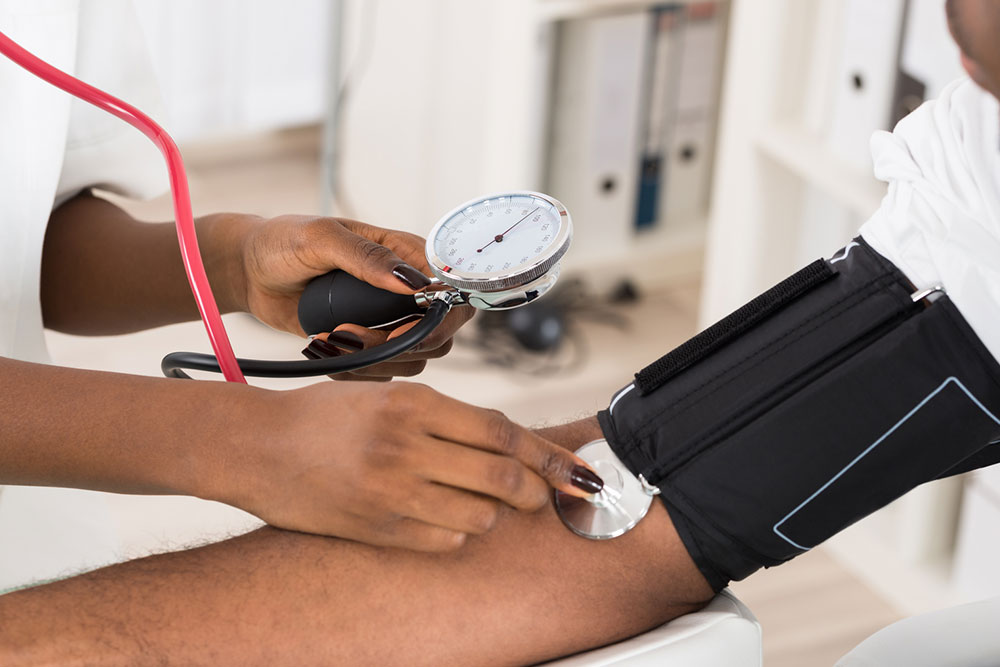Comprehensive Strategies for Managing Peyronie’s Disease Effectively
This comprehensive article explores various strategies for managing Peyronie’s disease, including medical options, natural remedies, and lifestyle modifications. It provides insights into symptoms, early diagnosis, and personalized treatment approaches to help men improve their quality of life and address this challenging condition effectively.

Comprehensive Strategies for Managing Peyronie’s Disease Effectively
Peyronie’s disease, though less prevalent than erectile dysfunction, is a significant condition that can impact men of various ages, leading to physical discomfort, emotional distress, and challenges in intimacy. Understanding the various treatment options—both conventional and alternative—is essential for those affected by this condition. This article explores in depth the causes, symptoms, and a wide range of management strategies—medical, natural, and lifestyle modifications—that can improve quality of life for men suffering from Peyronie’s disease.
Peyronie’s disease primarily affects men in their middle ages, with statistics indicating that about 1% of men experience this condition, notably those aged between 45 and 60, with the average age of diagnosis around 53. The development of Peyronie’s is often associated with trauma or injury to the penile tissue, which triggers abnormal healing and subsequent scar tissue formation, leading to curvature of the erect penis. Such conditions can be distressing, both physically and psychologically, as they can interfere with sexual activity, cause pain, and impact self-esteem.
Symptoms of Peyronie’s disease can vary widely among individuals but typically include palpable nodules or plaques on the shaft of the penis, visible curvature during erection, penile shortening, and sometimes soft or painful erections. In the early stages, patients may notice increased pain and worsening curvature, but in some cases, symptoms might stabilize or improve spontaneously over time. Recognizing these symptoms early and consulting a healthcare professional are crucial steps for effective management.
When it comes to treatment, options are diverse, covering conservative methods to surgical procedures. Conservative treatments are preferred initially, especially in mild cases, aiming to reduce symptoms and prevent progression. These include intralesional injections such as collagenase Clostridium histolyticum, topical applications, oral supplements like Coenzyme Q10 and Vitamin E, penile traction therapy devices, vacuum erection devices, and shock wave therapy. These therapies aim to soften scar tissue, promote tissue remodeling, and improve curvature and erectile function.
In addition to medical interventions, lifestyle adjustments can play a vital role in managing Peyronie’s disease. Reducing alcohol consumption and quitting smoking can alleviate symptoms and promote better tissue healing. Regular exercise and maintaining a healthy weight improve overall cardiovascular health, which benefits penile health. Pelvic floor exercises can also strengthen underlying muscles, potentially reducing discomfort and supporting erectile function.
Natural remedies have garnered interest among patients seeking alternative solutions. Among these, castor oil is popularly believed to soften and break down scar tissue through topical application. Gotu Kola—a traditional herbal remedy—has anti-inflammatory properties and supports skin healing, which may help reduce inflammation and fibrosis associated with Peyronie’s disease. Herbal and natural treatments require patience and consistent use; although their efficacy varies and robust scientific evidence is limited, many patients find them helpful, especially when combined with other therapies.
In cases where conservative treatments do not lead to improvement or if the curvature significantly impairs sexual function, surgical options such as penile plication, grafting, or prosthesis implantation may be considered. These surgical procedures aim to correct deformity and restore function, but they carry inherent risks and require careful consultation with a urologist.
Overall, managing Peyronie’s disease involves a multidisciplinary approach tailored to each individual. Early diagnosis and personalized treatment plans improve outcomes, alleviate pain, and enhance intimacy. Patients should work closely with healthcare providers to monitor symptoms and explore the most suitable therapies, including lifestyle modifications and natural remedies. With ongoing research and advancements in treatment modalities, many men can find effective relief and regain their confidence and quality of life.
In conclusion, although Peyronie’s disease can be a challenging condition, understanding its causes, symptoms, and various management options empowers men to take proactive steps toward health and well-being. Combining medical treatment, natural remedies, and lifestyle changes offers a comprehensive approach to managing this condition effectively and improving long-term quality of life.





